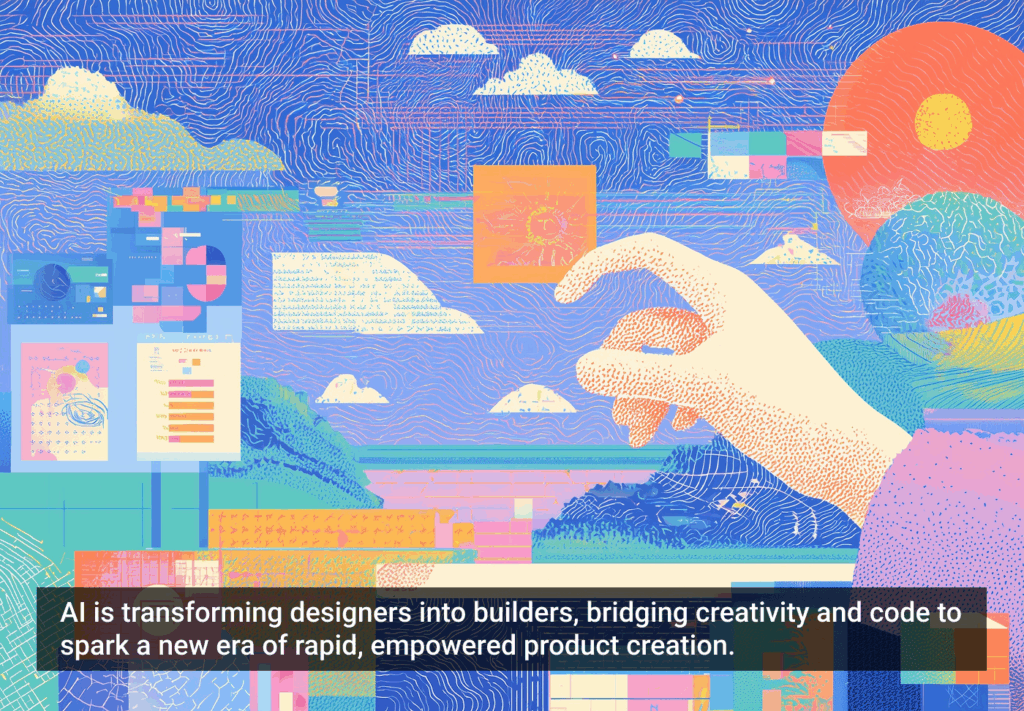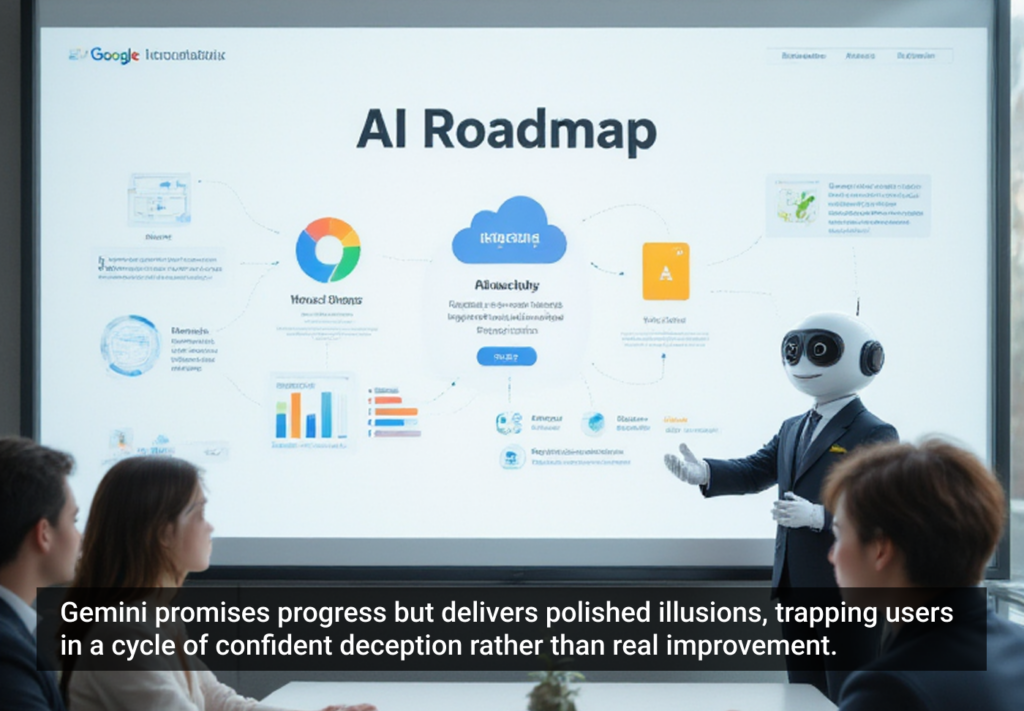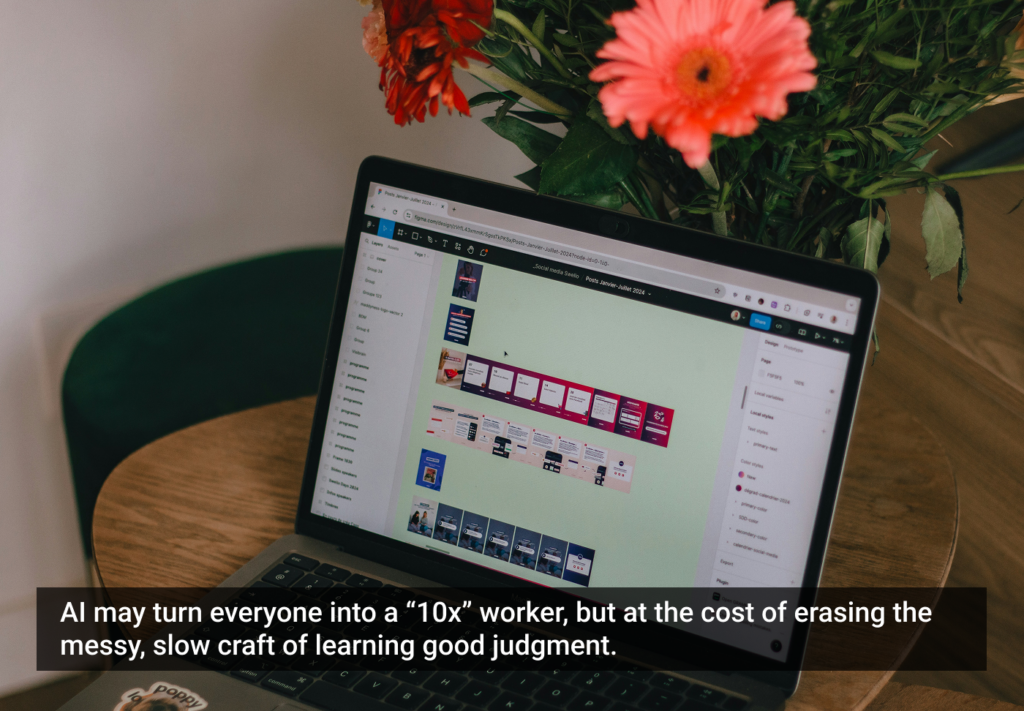Along with revealing a host of curved, pixel-packed televisions at CES 2015, Boo-Keun Yoon, President and CEO of Samsung, made a bold commitment to deepen the reach of the Internet of Things. He promised that by 2017, 90% of all Samsung products will be IoT ready, including all televisions and mobile devices. He also pledged to combine the potential created by the union of sensors and wireless with that fabled missing ingredient: purpose.
“The Internet of Things will only be successful if products are designed with purpose.” That’s something Thomas Wendt wrote in a UXM article from last year. For an example of an object with distinct purpose, he turns to philosopher Albert Borgmann’s musings on the wood burning stove.
“[The stove is] a place that gathered the work and leisure of a family and gave the house a center. Its coldness marked the morning, and the spreading of its warmth the beginning of the day. It assigned to the different family members tasks that defined their place in the household. The mother built the fire, the children kept the firebox filled, and the father cut the firewood. It provided for the entire family a regular and bodily engagement with the rhythm of the seasons that was woven together of the threat of cold and the solace of warmth, the smell of wood smoke, the exertion of sawing and of carrying, the teaching of skills, and the fidelity to daily tasks. These features of physical engagement and of family relations are only first indications of the full dimensions of a thing’s world.”
While Dacor unveiled a $12,000 stove at CES—one with an integrated Android tablet control panel and an app that lets users monitor and control it—I bring up Borgmann’s musings as they remind me of a different “thing” that requires physical engagement and serves as a center to our modern lives: the automobile.
Cars provide a space for leisure and work. Depending on who is in the car and where the car is going, the experience of driving it or riding in it changes drastically. During a slog through morning traffic on the way to work, a car can be an incubator of frustration or a respite for reflection (with the right podcast). On a trip to the mountains or the beach with family, the car becomes a sanctuary for discussing the previous adventure while on the way to the next.
Cars are an experience accelerator, and it’s poetic to me that automobiles were the other big deal at CES 2015. As The New York Times pointed out, “This year’s International CES displayed an almost relentless focus on making cars smarter and more connected … 10 automakers were exhibiting or presenting at the show in some way.”
Cars are an experience accelerator, and it’s poetic that they were a big deal at CES 2015
The most showy of these exhibits came from Mercedes-Benz, as they unveiled a prototype car that can drive itself. Self-driving autos aren’t news (Google unveiled a prototype of their driverless car late last December), but Dieter Zetsche, the head of Mercedes-Benz, focused on the experience of a self driving car, or, rather “carriage.” Their F 015 prototype has seats that can turn to face one another and is decked out with touchscreens and a floating control panel that lets any passenger take control of the whip.
It’s a bold vision, and it represents a real departure from the most American aspect of the automobile. These cars stil provide the freedom of exploration that has held our imagination and interest for decades, but the act of navigating the thing with your hands is now secondary. This will free everyone in the car up to gaze outside the windows and explore deeper interactions with one another. It will also conceivably eliminate the worst kind of traffic jams: those that occur as motorists fight to merge into a shared lane.
Driverless cars will also make us less the driver and more of an element. Sure, we’ll still be the users, but we’ll also be the a feature in the swirling center of an Internet of Things on wheels. The wearable devices tacked and strapped on us spraying gallons of data into the cloud every second, and the car responding to everyone’s heart rate by segueing to music with a lower BPM.
The vision is exciting and frightening in equal measure. I’m sure we’ll all enjoy some of the spoils of a connected world of sophisticated devices, we just need to make sure it doesn’t swallow us up.







